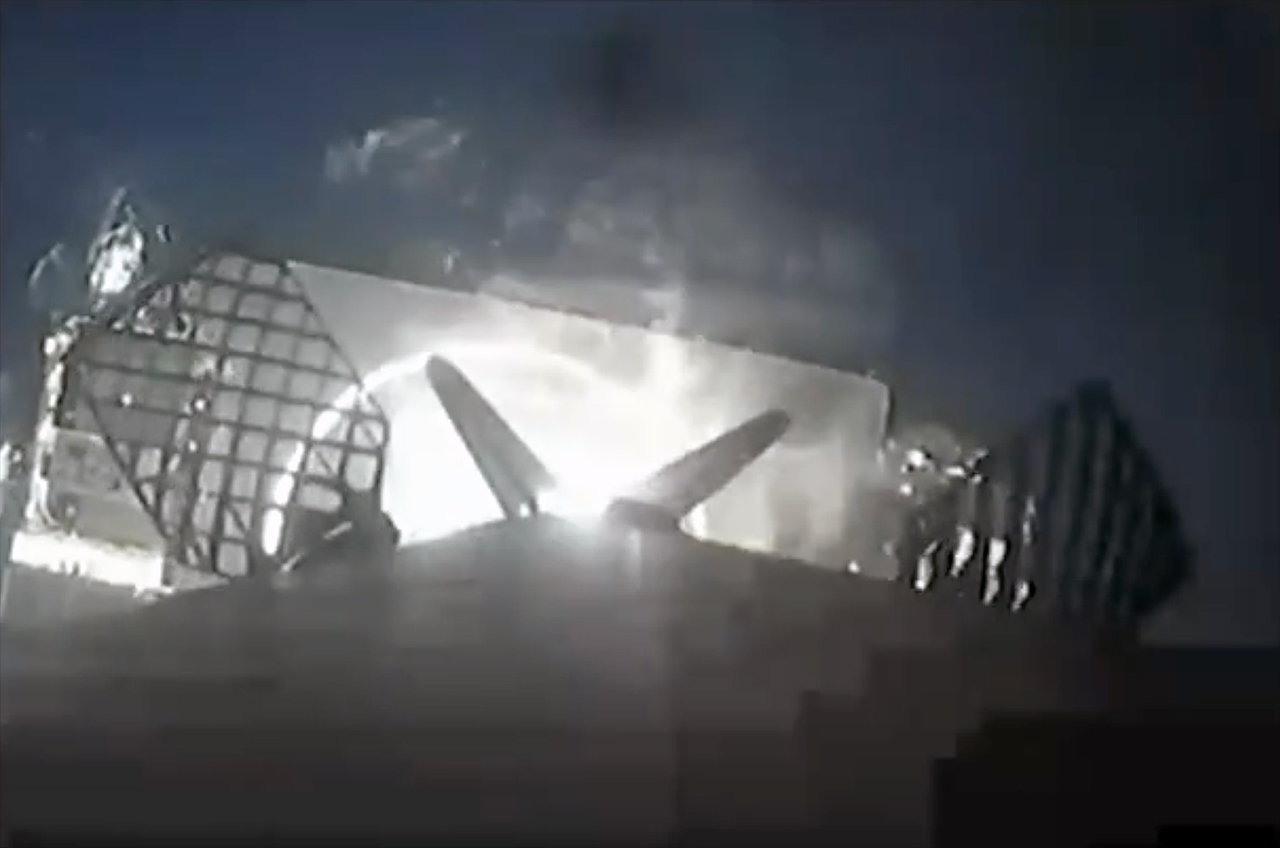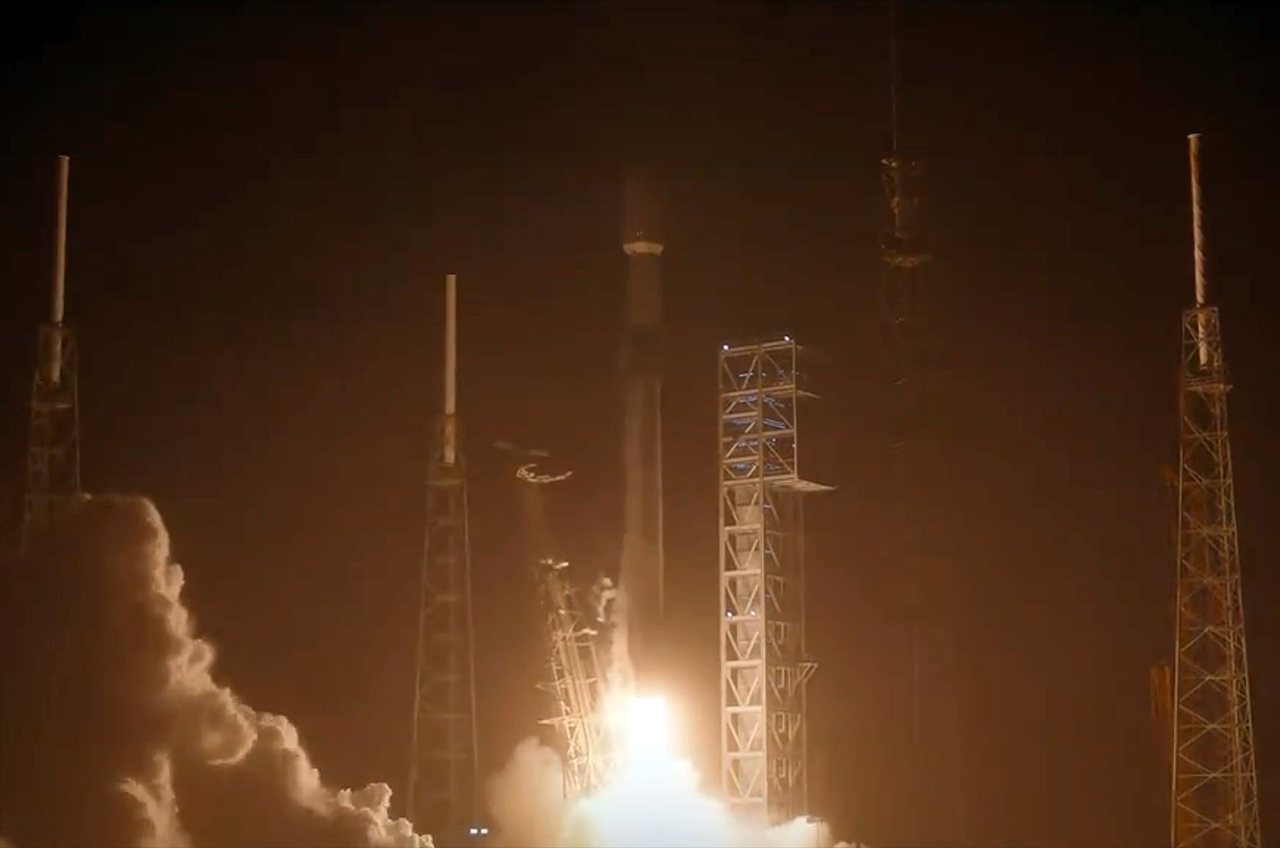SpaceX launches 23 Starlink satellites on second attempt (video)
A SpaceX Falcon 9 rocket launched 23 Starlink internet satellites on Monday (Oct. 30), on its second attempt after an abort.
The Falcon 9 lifted off from Florida's Cape Canaveral Space Force Station on Monday (Oct. 30) at 7:20 p.m. EDT (2320 GMT).
Related: Starlink satellite train: How to see and track it in the night sky
The Falcon 9's first stage came back to Earth for a vertical landing about 8.5 minutes after launch on the drone ship Just Read the Instructions, which was stationed in the Atlantic Ocean.
It was the eighth launch and landing for this rocket's first stage, according to the mission description.
The 23 Starlink satellites will deploy from the Falcon 9's upper stage into low Earth orbit about 65.5 minutes after liftoff, if all goes according to plan.

Starlink is SpaceX's broadband megaconstellation, which beams internet service down to customers around the world. SpaceX has launched more than 5,000 Starlink satellites to LEO to date, and many more liftoffs are coming: The company has permission to deploy 12,000 of the spacecraft, and it has applied for approval for another 30,000 on top of that.
Breaking space news, the latest updates on rocket launches, skywatching events and more!

Michael Wall is a Senior Space Writer with Space.com and joined the team in 2010. He primarily covers exoplanets, spaceflight and military space, but has been known to dabble in the space art beat. His book about the search for alien life, "Out There," was published on Nov. 13, 2018. Before becoming a science writer, Michael worked as a herpetologist and wildlife biologist. He has a Ph.D. in evolutionary biology from the University of Sydney, Australia, a bachelor's degree from the University of Arizona, and a graduate certificate in science writing from the University of California, Santa Cruz. To find out what his latest project is, you can follow Michael on Twitter.

